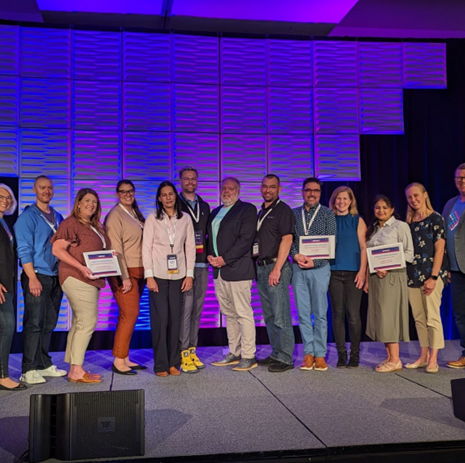Defining requirements is the first step and often a challenging one in a technology implementation. Understanding the needs of users, obtaining critical information from stakeholders, and properly communicating are a few of the many activities required in the process. When effectively completed, requirements gathering leads to a project’s long-term success.
From our experience assisting organizations through the requirements-gathering process, our team has compiled three tips that drive toward success by enabling users to become empathetic visionaries, better understand the project’s current state, help to find exceptions and optimize them, and more.
The Role of the Requirements Gatherer
Requirements gathering requires simultaneous strategic and tactical thinking. Effective requirements gathering necessitates that individuals:
- Become immersed in the challenge (to effectively solve it),
- Passionately pursue a solution,
- Apply empathy,
- Have a burning curiosity to learn, and
- Listen, observe, and research throughout the process.
Three tips on an effective and efficient requirements-gathering process include: avoiding the “we’ve always done it this way” mentality, setting the tenor with documentation, and filling in communication gaps.
Tip 1: Avoid “We’ve always done it this way.”
It is part of our human nature to follow familiarity. But change can be good and, occasionally, necessary. The requirements-gathering process is an opportunity to challenge the status quo and consider other options.
Implementing new technology is a prime example of when to challenge yourself to break standard processes and procedures. If the team gets to a point where they are questioning current or former methods, the best action to take is to pose the question, “why?” Repeating the question often results in answers surrounding why certain processes are the way they are or why an activity is still done in a particular manner. Once answers surface, there’s opportunity to define new requirements that fit the current organization’s needs.
Tip 2: Set the Tenor with Documentation
Effective documentation is an essential piece of the process. It communicates the specific requirements to the entire team of stakeholders, the development team, and others involved in the project.
Tools, graphics, visualizations, icons, and color schemes can all be used to help categorize and capture the correct nomenclature in the documentation. They also serve as an efficient way to ease understanding of the technical documentation.
Documentation can be a component of the validation process. Use the documentation to ensure understanding is captured and complete. Our team often asks, “what would break this process?” before approval of the final product.
Tip 3: Fill Communication Gaps
Even with correctly defined requirements, proper communication remains paramount for the successful delivery of any project. Providing the development team with context surrounding the “why” behind the business requirement enables them to see its effect on users. With context comes understanding and the ability for the developers to deliver as intended.
Wrap Up
Requirements gathering can be a challenging step in a technology implementation. Applying these tips enables the gatherers to take the time to understand the end user, push themselves to be visionaries, use sufficient documentation, and communicate effectively. When achieved, the requirements-gathering process is rewarding and leads to long-term project success.
Share:







